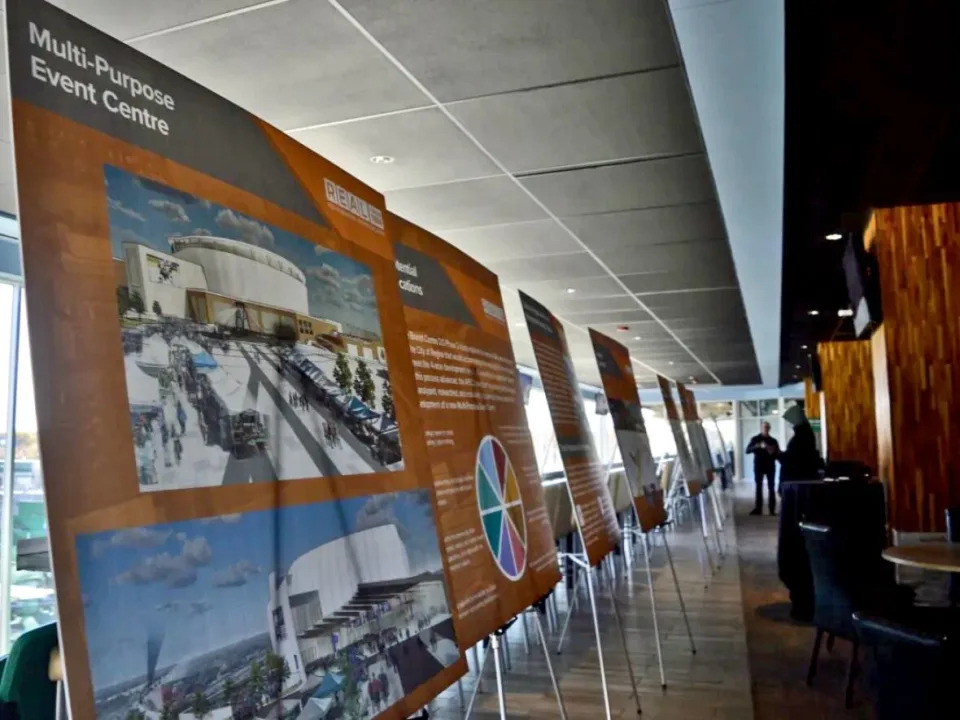How debit cards helped Indonesia’s poor get more food
Replacing rice-bag delivery with digital card vouchers helps recipients get their intended supplies, researchers report
Peer-Reviewed PublicationFor many years, the Indonesian government’s food aid program sent bags of rice to villages, where local leaders were supposed to distribute them to poor residents every month. But starting about five years ago, Indonesia changed that. Instead of rice bags, the poor were sent debit cards to buy the equivalent amount of food at local neighborhood shops.
Going digital had a major effect: Suddenly millions of Indonesians in the program started receiving the total amount of food intended for them 81 percent of the time, according to a study that MIT economists helped lead. Under the old system, by contrast, people received the full intended amount of food only 24 percent of the time, most likely because portions of the rice were given locally to many people not officially eligible for the program. The debit cards gave the poor the ability to purchase food themselves rather than rely on the government to deliver rice to them.
“What the program effectively does, by shifting from handing out bags of food to handing out a digital debit card with your name on it, means that people get the full amount they’re eligible for,” says Benjamin Olken, an MIT economist and co-author of a new paper detailing the study’s results. “That’s the big impact of the switch, and that leads to a pretty substantial reduction in poverty.”
Indeed, for the poorest 15 percent of households when the study began, switching to debit cards reduced the overall poverty rate by 20 percent. The researchers discovered this by conducting a randomized controlled study, comparing the results of the different methods while the government implemented the new program in stages.
“It turns out the effects are very large,” says Abhijit Banerjee, an MIT economist and another of the paper’s co-authors. “This is the advantage of doing a randomized controlled trial rather than sitting and speculating about possible outcomes.”
The paper, “Electronic Food Vouchers: Evidence from an At-Scale Experiment in Indonesia,” is published in the current issue of the American Economic Review.
The authors are Banerjee, the Ford Foundation International Professor of Economics at MIT and co-founder of MIT’s Abdul Latif Jameel Poverty Action Lab (J-PAL); Rema Hanna PhD ’05, a professor at the Harvard Kennedy School and scientific director of J-PAL Southeast Asia; Olken, the Jane Berkowitz Carlton and Dennis William Carlton Professor of Microeconomics at MIT and a director of J-PAL; Elan Satriawan, an economist at the Universitas Gadjah Mada in Yogyakarta, Indonesia and chief of the Policy Working Group of the National Team for the Acceleration of Poverty Reduction (TNP2K), a government agency in Indonesia; and Sudarno Sumarto, a senior research fellow at the SMERU Research Institute in Jakarta, Indonesia, and policy advisor at TNP2K.
Indonesia founded its food aid program, called Rastra, prior to the most recent change, in 1998, targeting about 15 million households. Before the switch, those households were supposed to receive one 10-kilo bag of rice per month, about 6.5 percent of the income needed to rise above the poverty line.
However, with the rice apparently going to relatively better-off households fairly often, in 2017, the Indonesian government decided to try the debit-card system. At neighborhood shops, people could use their cards to purchase both rice and eggs, at a value level commensurate with the 10-kilo rice bag.
During the rollout of the new program, the Indonesian government randomly selected 42 out of 105 regional districts to receive the program in 2018, a year before the other districts converted. This created a real-world experiment because the simultaneous results of the new and old systems could be compared in similar circumstances. Indonesian officials themselves recognized that this created the potential for rigorous study, and approached the scholars about it.
“They recognized that a phased rollout like this is an opportunity to build randomization into policy design,” says Olken. All of the co-authors have conducted extensive field research in the field of development economics in Indonesia; Banerjee, Hanna, Olken, and Sumarto have collaborated on multiple prior studies, including 2018 and 2019 papers about government food distribution in Indonesia, and Satriawan is an expert in antipoverty programs who has studied the effects of malnutrition, among other related topics. J-PAL backs rigorous field experiments and evaluations of antipoverty programs; one benefit of the durable working relationships the scholars have established in Indonesia is precisely the government’s heightened interest in leading-edge evaluations of its own work.
“It’s a pretty remarkable story about how researchers and governments can work together to build rigorous evaluation into programs,” Olken adds. “It reflects not just our particular interests in this project, but more broadly how J-PAL works with policymakers.”
To conduct the study, the scholars also collaborated with Indonesian officials to add new questions to the national household survey the government conducts. From this, the researchers could derive answers about the actual effects of the program change, including the striking rise, from 24 percent to 81 percent, in the frequency with which households received their full allocation of food. About 97 percent of households also reported consuming more rice, while egg consumption rose slightly.
The program also avoided one potential pitfall — that by increasing demand for rice in rural areas, the program might also lead to price increases as a result. The scholars found only marginal price rises. The program’s administrative costs also dropped, from an already-low 4 percent to under 2 percent.
The most notable outcome, however, may be that the allocation of debit cards was implemented so smoothly, without problems in program adherence.
“The rules stick,” says Banerjee, who shared the 2019 Nobel Prize in economic science along with MIT’s Esther Duflo.
“The technology does make it harder to change,” Olken observes about the program. “If you make [preferential distribution] a little more difficult, it’s not worth it. What’s so stark in the paper is this snapping to full compliance, with about 80 percent of the people getting the full amount they’re entitled to.”
To be sure, questions will likely remain about where to set the program’s cutoff in terms of who receives food aid. In retooling this program, some people just above the official program eligibility line, who might have been receiving rice not intended for them, might now have less food than before.
“No targeting system is perfect,” Olken says. “On net we show that concentrating the benefits to the poor really does reduce poverty and helps the government’s objectives, but it does mean other people are losing out. So there is this question: Can you further improve the targeting of people to minimize exclusion and make sure everyone who is most needy gets some? That may be a matter for future research.”
Still, Olken notes, for now the sheer efficacy of the debit card approach has been informing discussion about the program, its goals, and its effectiveness. “I think understanding these results is shaping the policy debate,” he says.
The study was supported by the Australian government, Development Innovation Ventures at USAID, and the J-PAL Governance Initiative.
###
Written by Peter Dizikes, MIT News
Additional background
Paper: “Electronic Food Vouchers: Evidence from an At-Scale Experiment in Indonesia”
https://www.aeaweb.org/articles?id=10.1257/aer.20210461
JOURNAL
American Economic Review
ARTICLE TITLE
“Electronic Food Vouchers: Evidence from an At-Scale Experiment in Indonesia"









